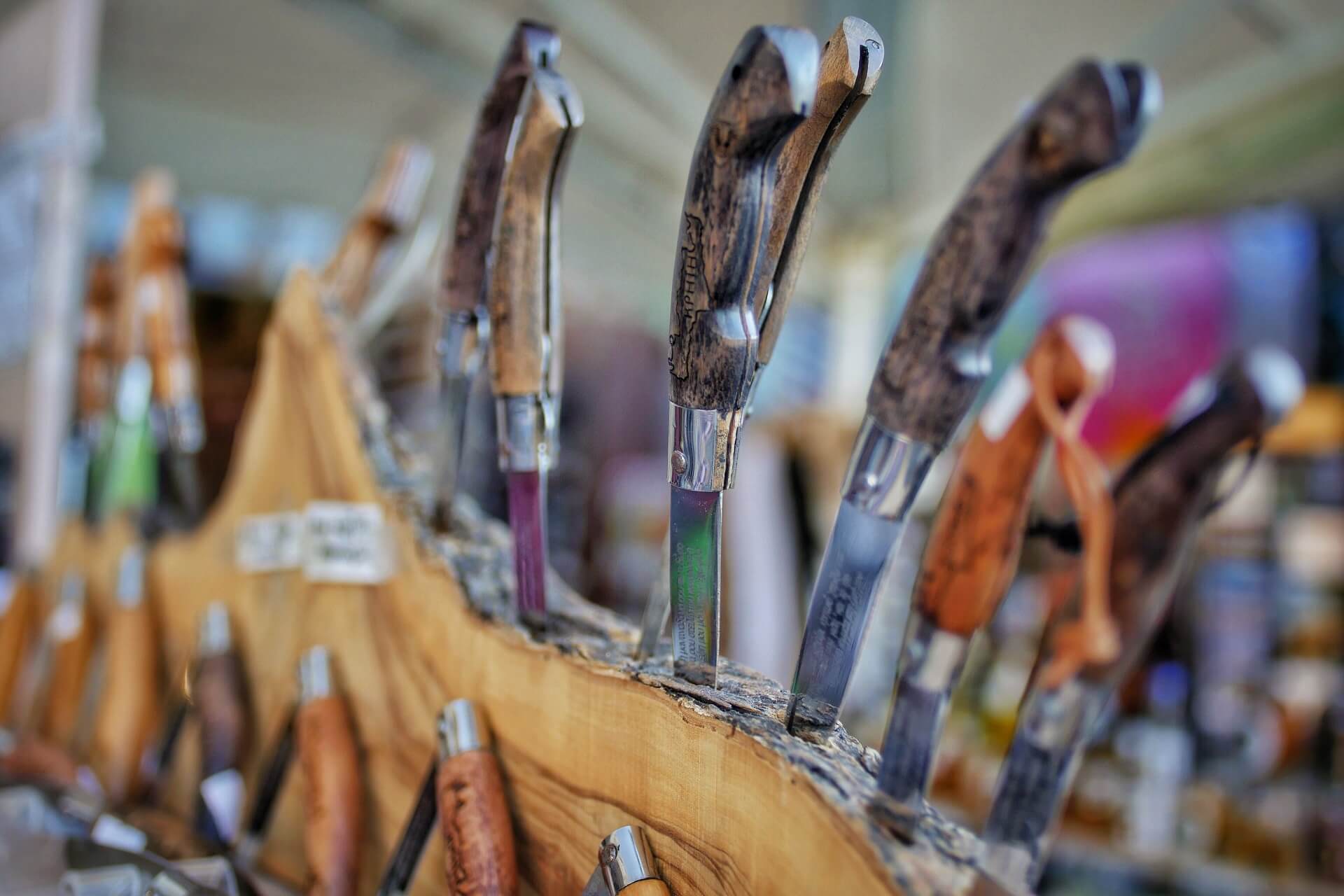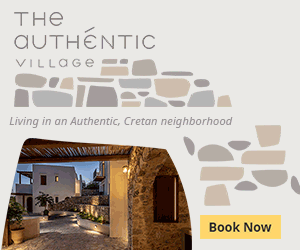
Many will look at Crete and see a glorious history extending back to the 3rd millennium BC characterised by empire, mythology, and early Minoan civilisation. As decorated as it may be, its history also brings about a fascinating and unique fusion of tradition and culture which has come to shape the identity of the captivating and charming island we see today.
Dance
One distinguishing feature of Cretan culture is the extraordinary folk dancing popular amongst many inhabitants of the island. Spirited and bursting with national pride, the most emblematic is the ‘Pentozali’. Performed historically by men as a war dance, ‘zalos’ directly translates to ‘step’ in English which is telling of its exciting choreography. Made up of five basic steps, such a routine seeks to exhibit the rebellious spirit of the Cretan individual through its awe-inspiring dynamism. Holding each other by the shoulder and forming a circle, the dancers begin to slowly and progressively speed up with the music which gives room for improvisation and flair, impressively showcasing athletic jumps one after the other. Legend has it that the dance was created by the pioneer of the 1770 Cretan Revolution, Ioannis Vlachos to echo the revolutionary aggression of the Cretan people against the Ottoman Empire. Along with a patriotic vibe, these trademark moves are extremely popular amongst the people. In every nook and cranny of the island this dance is seen and recognised, combining power, passion, and rhythm into an unmissable spectacle. Other notable dances are the more technical dances, Syrtos (known in Chania as Chaniotis), Sousta, Maleviziotis, and Siganos.
Costumes
Another notable aspect of Cretan culture that goes hand-in-hand with the dancing are the traditional costumes. Costumes differ from one region to another throughout the island and can be very localised; western Crete for instance, will have slightly different combinations of both colour and clothing than the central or eastern areas. The remote village communities from mountain-top to suburb will also have their dissimilarities but this only adds to the healthy diversity of interpretations of a shared culture and history. Nowadays, costumes of old are generally worn for special occasions such as festivities or family celebrations. Men’s costumes will consist of the head-dress ‘sariki’, a shirt, a waistcoat, and trousers called ‘vraka’. Around the waist they wrap a silk sash called a ‘zounari’ with a knife tucked into it, and bear an ornamental watch chain ‘kiousteki’ around their neck to go with it. The ‘stivania’ are the famous knee-high boots with which to dance in, coming in either black or white. For women, there are two prominent costumes – the Anoghia costume and the Sfakiani originating from the area of Sfakia. The main garments of the Anoghia consist of a draped half-skirt, ‘sartza’, worn over trousers of the same form as the ‘vraka’. The iconic kerchief named the ‘skoufoma’ is worn on the head with the ‘brostopodia’ as the embroidered apron on the torso, fixed with a wool sash around the waist.
Music
Nothing gets the juices flowing more rigorously than traditional Cretan music when on the island. Contemporary Greek music is synonymous with the pear-shaped bowed musical instrument known as the lyra, surviving form of the medieval Byzantine lyra. No wonder the legendary Greek poet and musician Orpheus managed to charm Hades with such an instrument. The violin and the mandolin are also other prominent instruments in Cretan music, accompanying the typical fifteen-syllable rhyming couplets that originated in medieval Cretan poetry. Fast-flowing instrumental melodies coupled with profoundly rustic solos create an attractively raw piece of music which is all too recognisable. Speaking of which, Zorba’s Dance by Mikis Theodorakis is a notable song used in the Oscar-nominated 1964 movie Zorba the Greek.
Food & Drink
It is also no surprise that people come away from the islands of Greece stunned by Greek cuisine. Cretan traditions are undoubtedly helped by the international presence of the food, and with this it branches off into its very own realm of taste and sensation. What you will find in any hearty Greek restaurant are a diverse range of dishes from meat, fried and grilled, to vegetarian-friendly salads and soups. The Cretans love their pork, and ‘hirina apakia’ is a famous foundation of the vast meat selection. A multi-day process of marinating, spicing, and hanging up almost like laundry to smoke and be repeatedly stoked to maintain the herby explosion of taste is what gives this dish the quality reputation it has on the island. The smoking process can be used on other meats as well, such as rooster.
‘Kaltsounia’ are another famously delicious food which are ever-present on a Cretan’s dining table. With room to improvise and pander to one’s taste, the often hand-made pastry dough that forms the mini pie can be stuffed with almost anything you wish. From fresh fennel, anise, and spinach to the more commonly eaten creamy myzithra cheese and honey, if you love coupling sweet with savoury then it is best done with these little gems. It’s not just the French who love their cheese, and ‘graviera’ or ‘pichtogalo Chanion’ are just two of the vast array of local cheeses the Cretans derive from goats’ milk, which can accompany the likes of the classic ‘feta’ in a salad or nicely nestled in a ‘kalitsouni’ to enjoy.
‘Dakos’ is another dinner-table old-timer, similar to bruschetta but instead of bread, the pirate-like Cretans use the old village favourite of barley rusks. Using local extra virgin olive oil to make the otherwise tough rusks softer, it is used as a base for toppings usually consisting of grated fresh tomatoes and myzithra cheese. Peppered with salt and mountain-range oregano, the ultimate Cretan starter is served.
The pirate-like brandy of ‘raki’ or the alternative name of ‘tsikoudia’ is what one cannot leave Crete without trying if you love testing new alcoholic beverages. In fact, it will be hard not to what with the benevolent Greek spirit of a complimentary shot after every meal in local taverns or coffee shops. The brandy, which is produced by distilling grape pomace, is at the heart of Cretan culture and a strong (in more ways than one!) complement of local cuisine.
Traditional Knives
The rudimentary and ancestral tool of survival in the premature era of civilisation was the knife, and the Cretan knives are a symbol of Cretan gallantry and resistance against invasion in their geopolitical past up to this period. Stylish and artistic cases accompany the handle made from usually goat horns along with, of course, the blade itself which varies in length but generally consistent in shape – the adopted shuttle-like form. Local services are scattered across the main parts of towns and manufacturers are keen to express their works of tapering the blade, heating-melting, and polishing.













